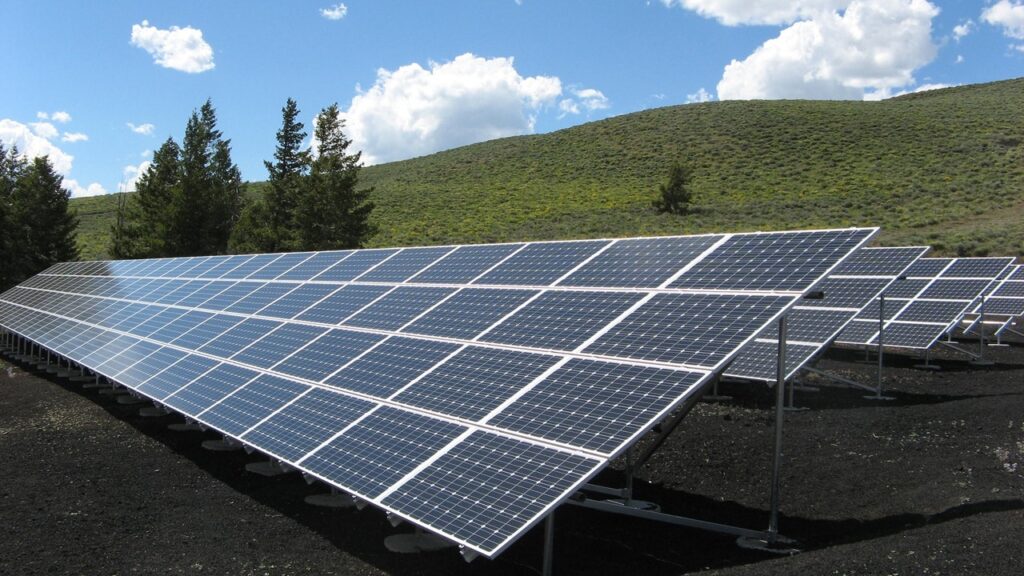
It’s easy to forget that Antarctica is technically a desert until you see it without snow.
A new pair of satellite images shared by NASA’s Earth Observatory make that stark reality clear as ice. NASA’s Landsat-8 satellite snapped the two images of Eagle Island (a small island off Antarctica’s northwest tip) on Feb. 4 and Feb. 13, 2020, bookending a period of record high temperatures in the southernmost continent. Between the two images, a significant amount of the island’s glacial ice disappeared, revealing huge swaths of the barren brown rock underneath.
According to glaciologist Mauri Pelto, a professor of environmental science at Nichols College in Massachusetts, the island lost about 20% of its seasonal snow accumulation in just a few days.
“You see these kinds of melt events in Alaska and Greenland, but not usually in Antarctica,” Pelto told NASA.
The melt coincided with not one, but two record-high temperatures recorded on Antarctica this month. On Feb. 6, a research station on the northern edge of the Antarctic Peninsula (the finger of land on the continent’s northwest tip, closest to South America) recorded a new record-high temperature of 64.9 degrees Fahrenheit (18.3 degrees Celsius) — surpassing the previous record of 63.5 F (17.5 C), set in March 2015.
Days later, on Feb. 9, researchers on the nearby Seymour Island saw their thermometers hit 69.35 F (20.75 C), setting another all-time high for the continent. (For comparison, that’s about the same temperature reported in Los Angeles, on the same day. Balmy!)
As the new images show, those high temperatures caused significant melting on nearby glaciers. According to Pelto, Eagle Island lost nearly 1 square mile (1.5 square kilometers) of snowpack to the heat, creating several large ponds of bright blue meltwater at the island’s center.
While every season has its highs, this summer has been especially warm for Antarctica, Pelto said. The continent has already seen two heatwaves this season — one in November 2019 and one in January 2020 — reminding us that significant melt events like these are becoming more common as global warming continues unchecked.
By Brandon Specktor, LiveScience

I can’t imagine a better wake up call than reading these types of articles backed up by factual science. I’m not really so concerned with the reasons behind global warming as I am accepting the fact that it is real and it is here. I remember not to long ago laughing at the fact that one or two degrees could change the world. Although, until recently when I experience a 104 temperature did I really understand what a few degrees could do to wreak havoc on a person’s health, therefore, I would assume it could do the same to the environment. For example, your normal temperature is 98.6. If your temperature goes up to just 100.6, which is only two degrees higher you’ll feel like you can’t move and don’t even want to get out of bed. All because of just a two-degree temperature rise. Don’t get me wrong, a two-degree rise in temperature will not cause the earth to collapse, but it is the start of a slow downward spiral into unchartered territory. Nobody really knows what would happen if the earth warms up. I would think based on science it can’t be good.
Another wake-up call I had was looking at nighttime ariel photographs of highly populated cities across the globe. There were so many lights it was easy to conclude the billions of people along with the millions of square miles now covered with concrete or asphalt has to have some effect on our climate and environment. Just the rooftops alone on house and buildings equate millions of square miles in heat-reflective coverage. Therefore, it’s not to hard to conclude most likely construction and habitation are the main causes of today’s global warming. This did not start yesterday but more so began after the turn of the century, and really took off during the roaring twenties. Only to never let up to this day. May God help us all! And if he can’t help may Justin Beiber or the Kardashians can. Somebody better help us because it looks like we can’t help ourselves.

Amongst all the doom and gloom, I see solar energy as the great frontier. Not only for the environment but for economic reasons also.
About The Author

- Robert Louis Annenberg Is a 40 year seasoned property owner, manager, investor, builder/developer and business man who is also an author of five published books to date (Amazon.com) and the chief editor of LifeQuestJournal.com. He can be reached at: [email protected] and (201) 289-2500.
Latest entries
 #3 The Annenberg ReportOctober 2, 2020A Few More Interesting Facts About Money I Think You Should Know…
#3 The Annenberg ReportOctober 2, 2020A Few More Interesting Facts About Money I Think You Should Know… #3 The Annenberg ReportOctober 1, 2020I was a Degenerate…What’s Your Excuse?
#3 The Annenberg ReportOctober 1, 2020I was a Degenerate…What’s Your Excuse? #3 The Annenberg ReportSeptember 23, 2020The Facts of Money…
#3 The Annenberg ReportSeptember 23, 2020The Facts of Money… #4 Real EstateJuly 11, 2020Cipriani Investments Sues Over Alleged Home Flipping Scheme
#4 Real EstateJuly 11, 2020Cipriani Investments Sues Over Alleged Home Flipping Scheme



